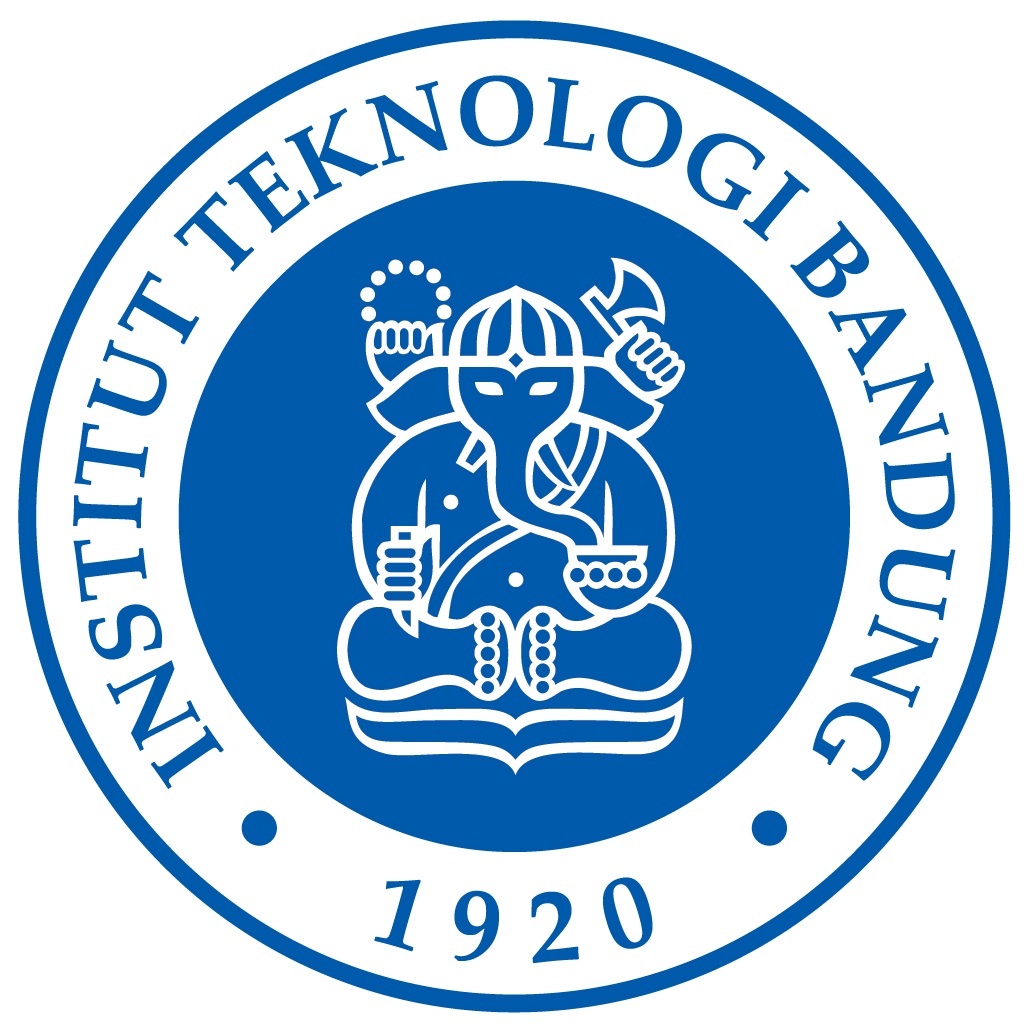

Marisa Handajani
Livestock waste, especially from cattle, is one of the main causes of environmental pollution in the Dayeuhkolot area, Bandung, which has a negative impact on the water quality of the Citarum River. This research aims to overcome this problem by building a fixed dome model biogas reactor to process livestock waste and produce renewable energy. Based on analysis, livestock waste at local slaughterhouses produces 450 kg of feces, 2,250 liters of urine and 3,870 liters of liquid waste per day. With biodigester technology, the potential for biogas production reaches 13.03 m3 per day, which can be used as alternative energy. The results of this research show that the use of biogas not only reduces environmental pollution but also supports the zero waste concept so that sustainable and environmentally friendly agriculture can be achieved.
Key words: livestock waste, Citarum river, biogas reactor, renewable energy,
To overcome the problem of pollution of the Citarum River caused by the discharge of kohe directly into water bodies, the proposed solution is the construction of a biogas reactor that utilizes livestock waste as a renewable energy source.
"KK RALC has a field scale digester which can be used as a field research location. Partners gain benefits in the form of waste water management systems and renewable energy. The Citarum River can improve its water quality because the pollution load from wastewater from livestock activities is reduced."